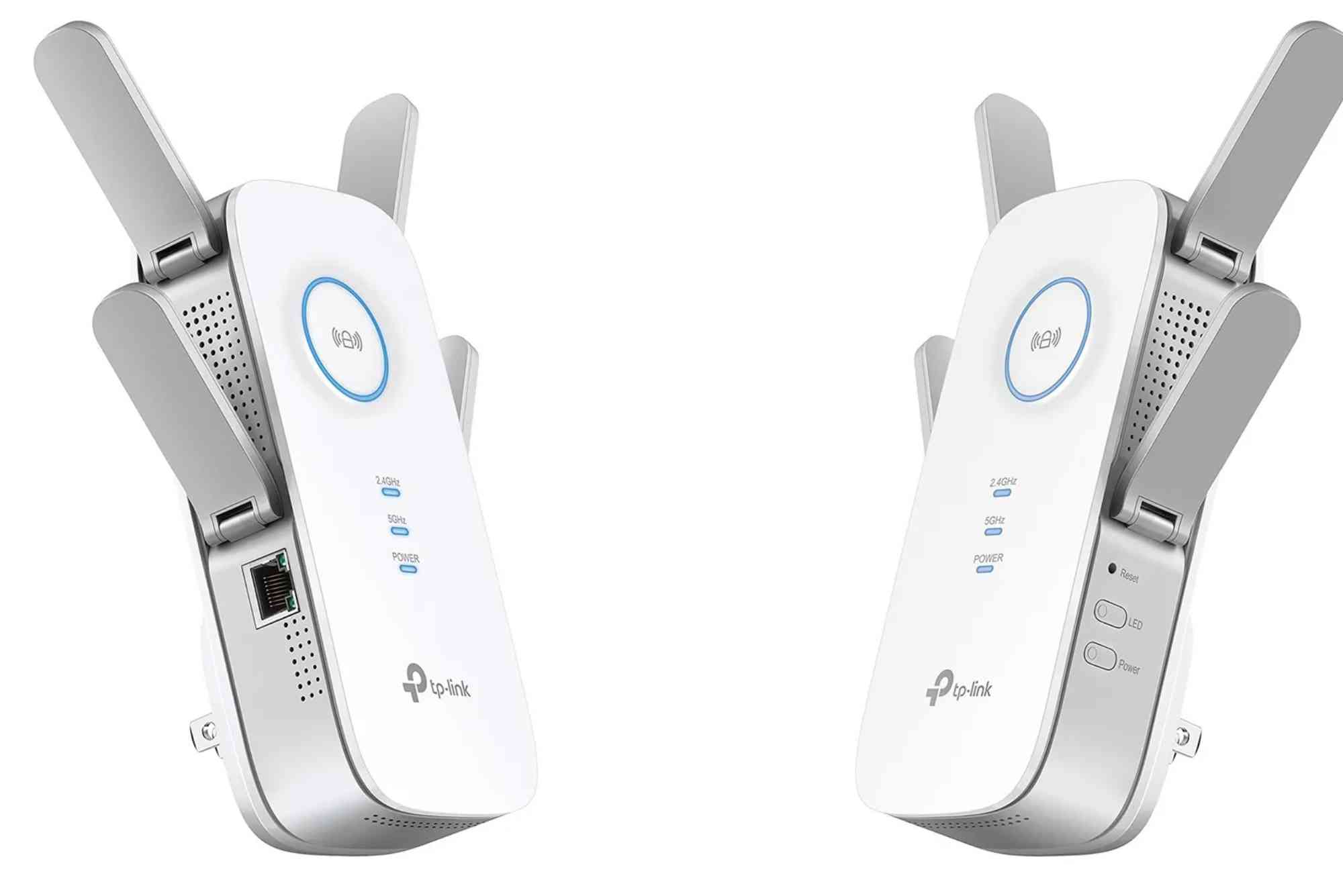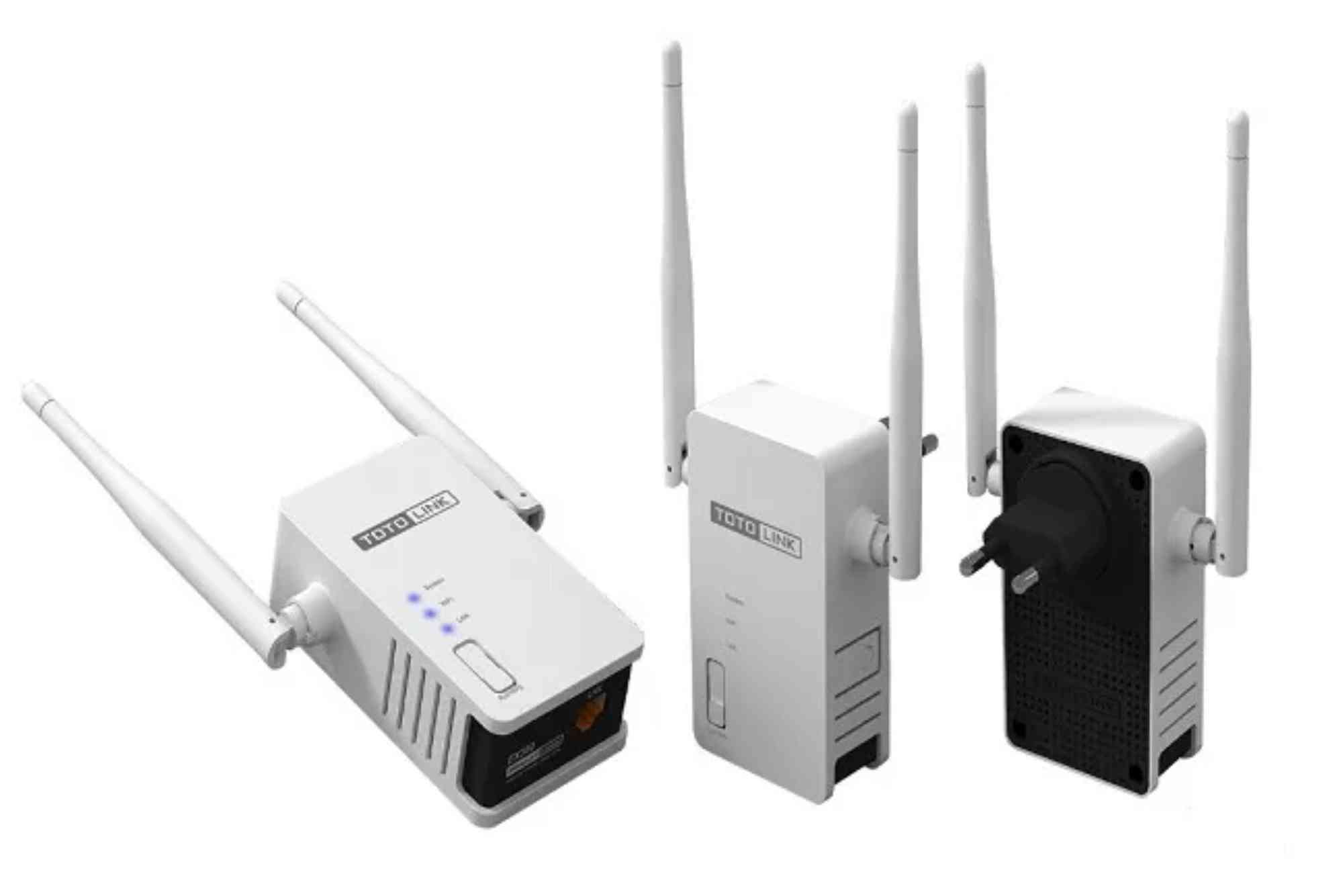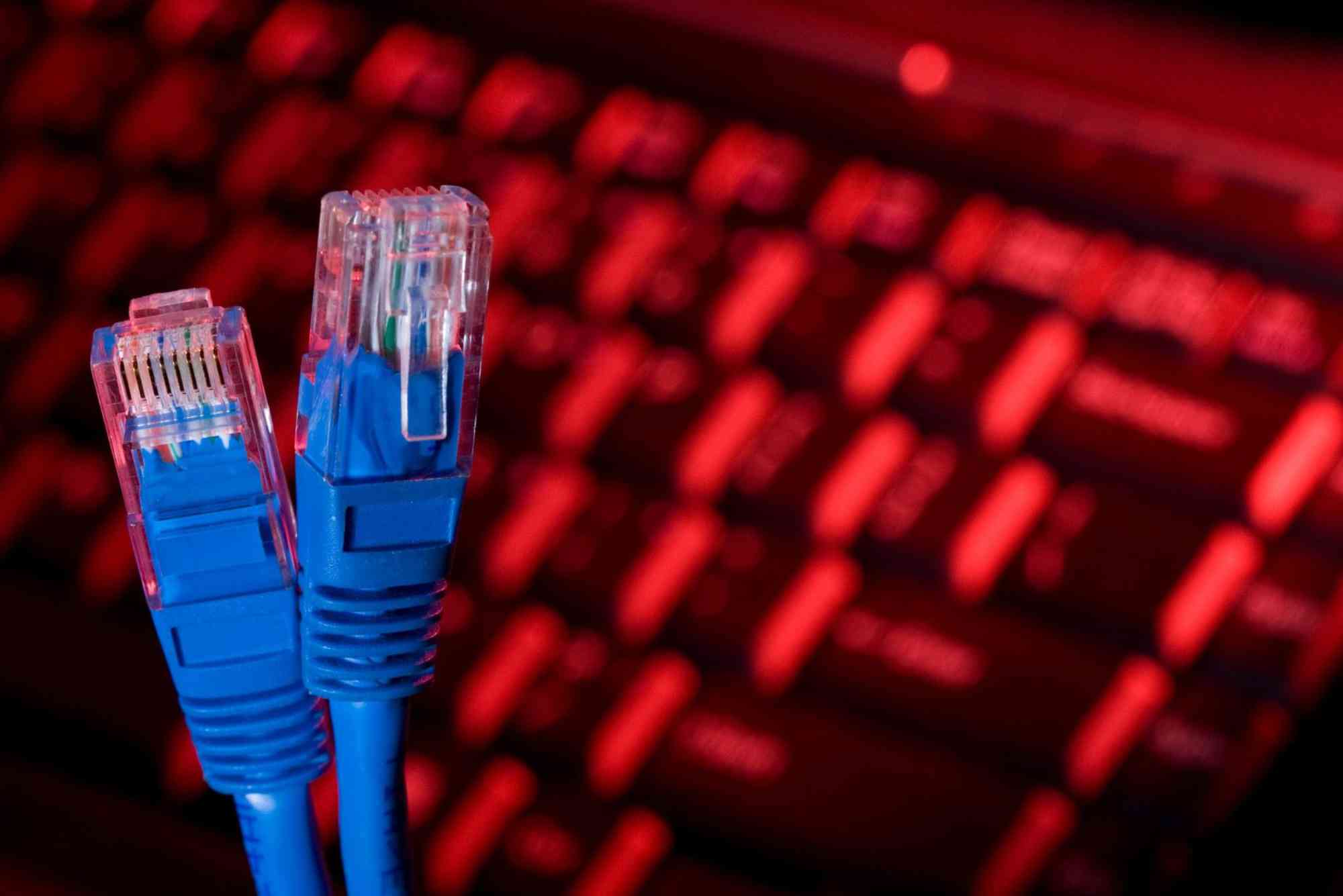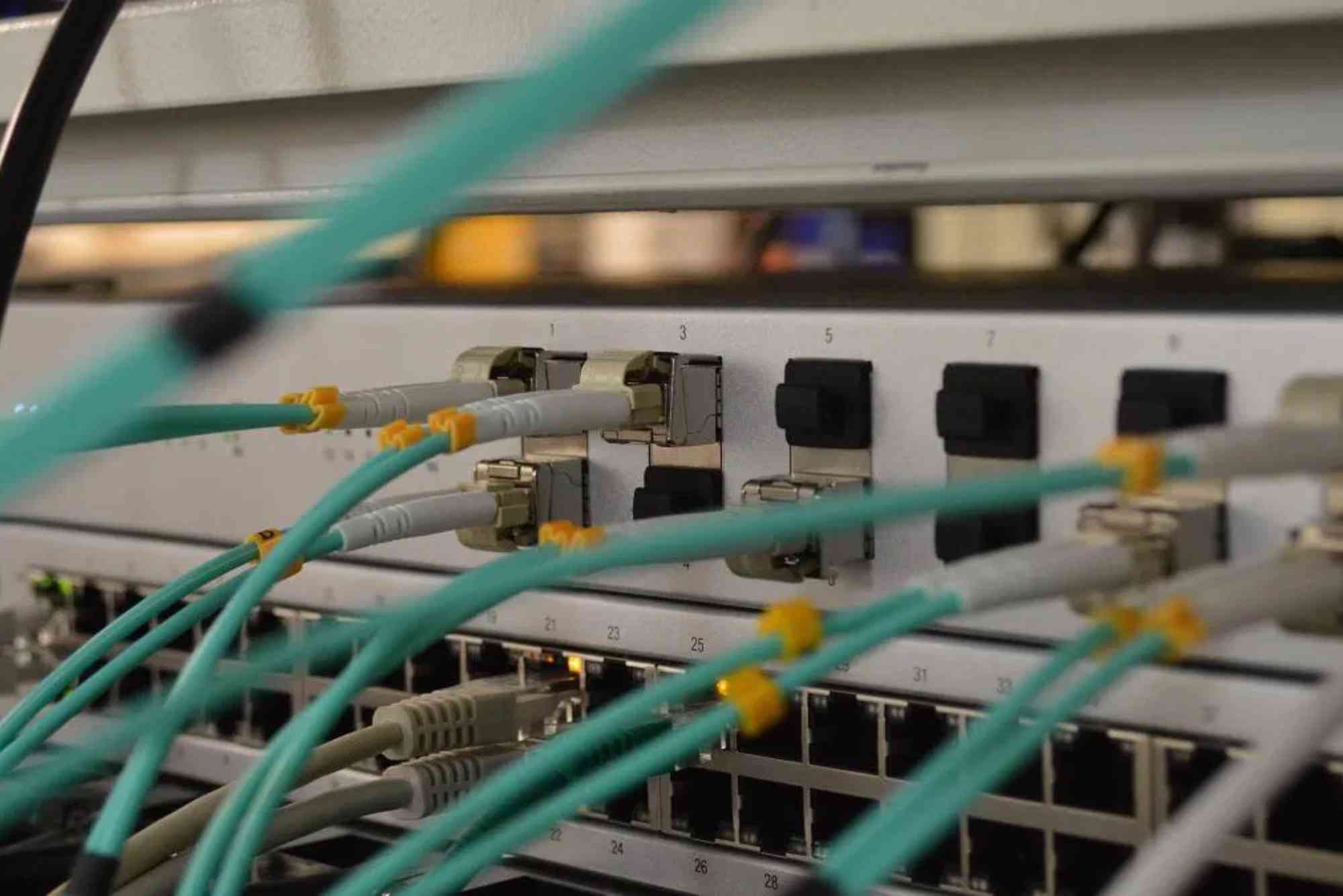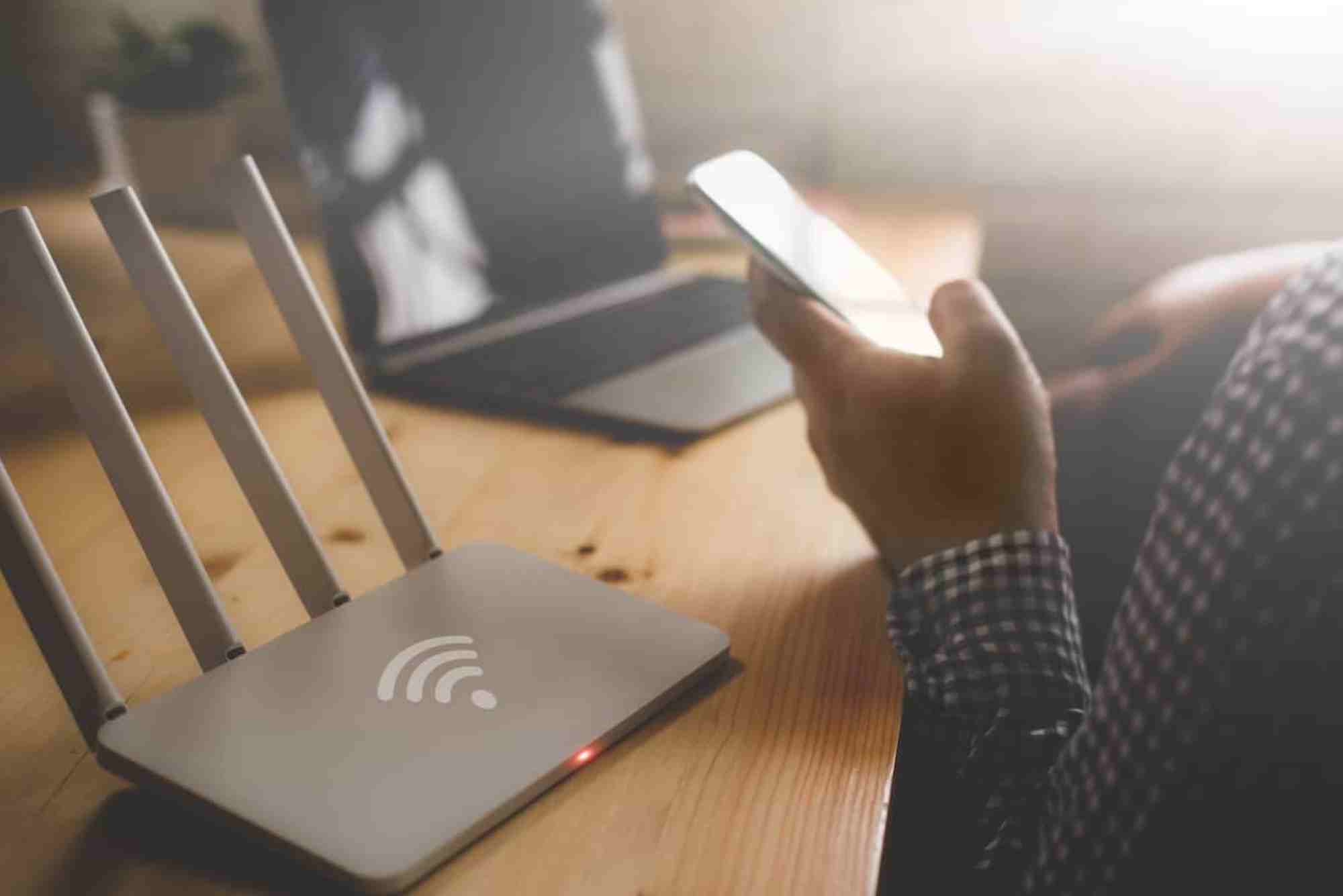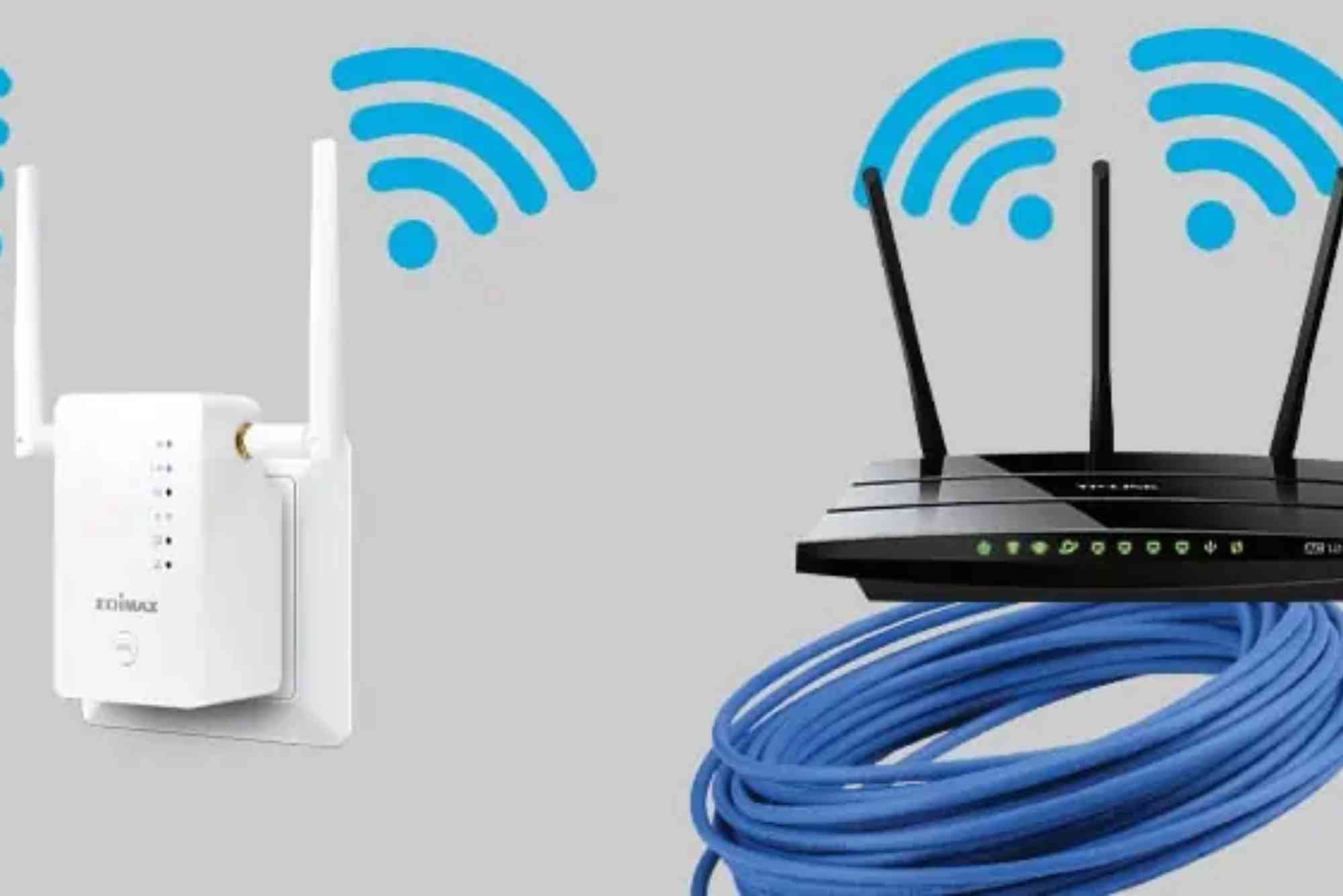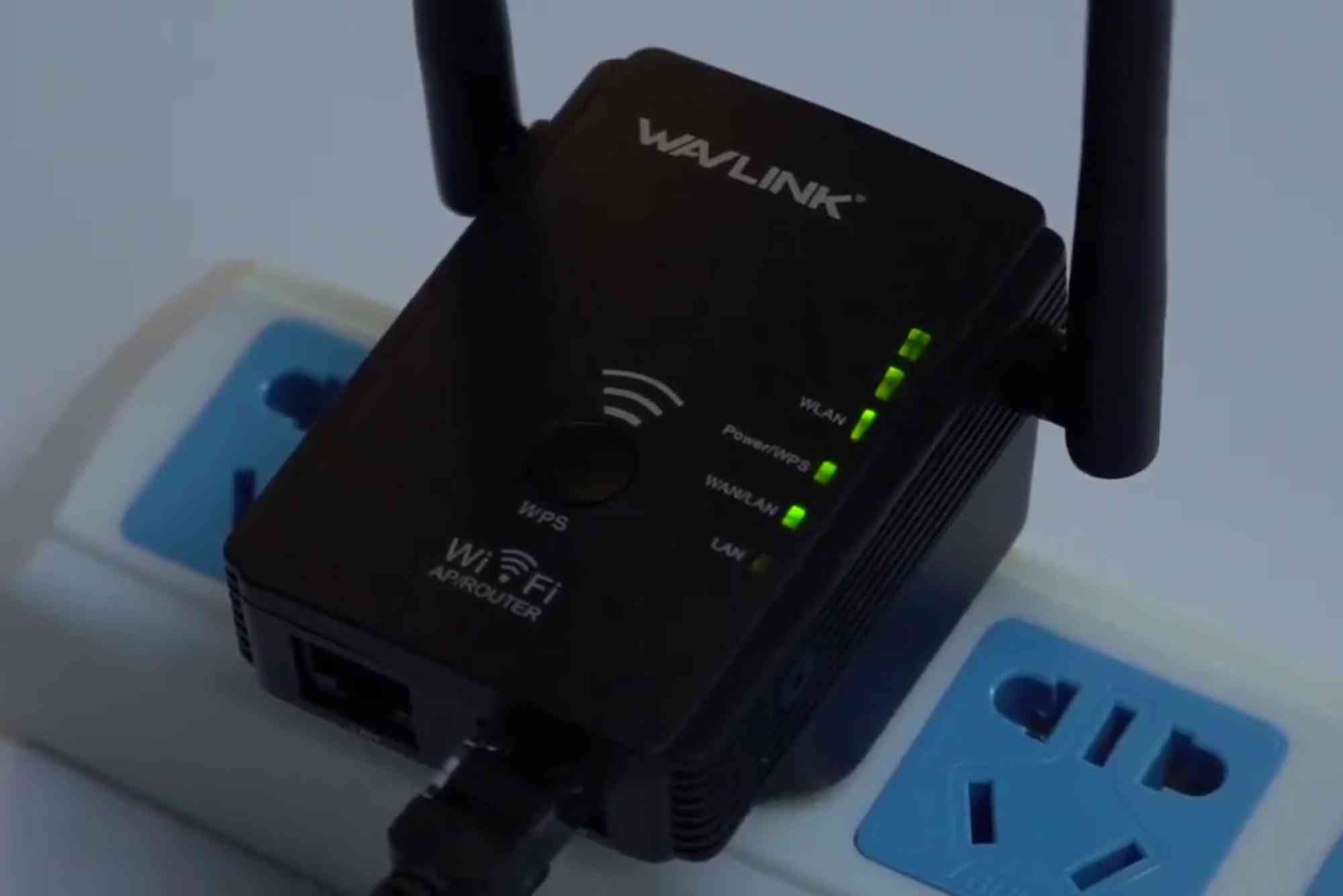Device Won’t Connect to VPN Over Wi-Fi? Troubleshooting Tips
A virtual private network (VPN) has become an essential tool for online security and privacy. Whether you are working remotely, accessing restricted content, or securing sensitive data, a VPN keeps your internet activity private. However, many users run into a frustrating issue where their device won’t connect to VPN Wi-Fi. This problem can interrupt work, slow down productivity, and cause unnecessary stress. If you have ever faced this challenge, you are not alone. VPN connection errors over Wi-Fi are common but fixable with the right approach. In this guide, we will explore the reasons why your VPN might not work over Wi-Fi and provide clear troubleshooting tips to get you back online securely.
Why Does a Device Fail to Connect to VPN Over Wi-Fi?
When a device won’t connect to VPN Wi-Fi, the causes often lie in network configurations, software conflicts, or VPN settings. Wi-Fi networks may block specific ports, your VPN protocol might not be supported, or your device may have firewall rules interfering with the connection. Sometimes, the VPN server itself is overloaded or temporarily unavailable. In other cases, a weak or unstable Wi-Fi signal disrupts the secure tunnel that the VPN creates. Understanding these underlying causes is the first step toward fixing the issue effectively.
Troubleshooting Tips for VPN Connection Issues Over Wi-Fi
Check Your Wi-Fi Stability
The first step when your device won’t connect to VPN Wi-Fi is to ensure your internet connection itself is stable. Test your Wi-Fi by loading a few websites without the VPN. If pages are slow or not loading, the problem may be your Wi-Fi rather than the VPN. Try moving closer to the router, restarting your modem, or switching to another Wi-Fi network to rule out connectivity problems.
Restart the VPN Application
Sometimes the issue is not your Wi-Fi but the VPN client itself. Restarting the application clears temporary glitches that prevent a connection. Close the VPN app completely, wait a few seconds, and relaunch it. If available, also restart your device to reset network adapters and refresh the connection process.
Switch VPN Servers
A common reason your device won’t connect to VPN Wi-Fi is server overload. VPN providers operate multiple servers across different regions. If one server is busy or experiencing downtime, you may be blocked from connecting. Open your VPN application and choose a different server, preferably one geographically closer for better speed and reliability.
Change VPN Protocols
VPNs work through secure protocols like OpenVPN, IKEv2, WireGuard, or L2TP/IPSec. Some Wi-Fi networks restrict specific protocols, which leads to connection failures. If your device won’t connect to VPN Wi-Fi, go into your VPN app settings and switch the protocol. For example, if you are using OpenVPN UDP, try OpenVPN TCP or WireGuard. This simple adjustment often resolves blocked connections.
Disable Firewalls or Antivirus Temporarily
Security software such as firewalls and antivirus programs sometimes interfere with VPN traffic. If you recently installed or updated security software, it might be the reason your VPN won’t connect. Temporarily disable these protections and try reconnecting to the VPN. If the VPN works afterward, add an exception for your VPN app in the firewall or antivirus settings.
Flush DNS and Reset Network Settings
Corrupted DNS caches and outdated network configurations can also cause issues. Flushing the DNS resets domain name lookups, which helps establish a clean connection. On Windows, open Command Prompt and type “ipconfig /flushdns.” For mobile devices, resetting network settings often solves persistent VPN problems by clearing old configurations.
Ensure Correct Login Credentials
If your VPN requires manual configuration, check your username and password carefully. Incorrect credentials or expired subscriptions often cause the connection to fail. Re-enter your account details in the VPN client and confirm your subscription is still active.
Try a Wired Connection
If your device won’t connect to VPN Wi-Fi but works over a wired Ethernet connection, the problem may be your wireless router settings. Some routers block VPN traffic by default. Log in to your router’s admin panel and check if VPN passthrough is enabled. If not, enable it to allow VPN traffic over Wi-Fi.
Update Your VPN Application
Outdated software is another common reason devices won’t connect to VPN Wi-Fi. VPN providers regularly release updates to fix bugs, improve compatibility, and patch security vulnerabilities. Make sure your VPN client is updated to the latest version. This applies to both desktop and mobile devices.
Contact Your VPN Provider
If none of the above steps work, the problem may be with your provider’s infrastructure. Contact their customer support team for troubleshooting. Many providers maintain status pages to alert users about outages or known issues.
Preventing Future VPN Connection Issues
Once you manage to fix the problem, it is equally important to prevent it from happening again. Always keep your VPN app, operating system, and security software updated. Use reliable internet services such as Dhanote Internet Services to ensure stable connectivity. Save multiple VPN server options within your app so you can quickly switch if one fails. Finally, learn the basics of VPN protocols so you can make adjustments if your Wi-Fi blocks certain types of traffic.
Running into a situation where your device won’t connect to VPN Wi-Fi can be frustrating, but it is usually solvable with the right steps. From checking Wi-Fi stability and updating your VPN client to adjusting router and protocol settings, these troubleshooting tips cover the most effective solutions. Staying patient and methodical will help you quickly identify the cause and restore secure browsing. To ensure reliable connections in the future, use trusted networks like Dhanote Internet Services, keep your apps updated, and choose VPN providers with strong support. If your VPN problems persist, reaching out to your provider’s support team is the best next step. A properly configured VPN will keep your data safe and your browsing private, ensuring peace of mind every time you connect online.
FAQs
Why won’t my VPN connect on Wi-Fi but works on mobile data?
Some Wi-Fi networks block VPN traffic through firewalls or restrictions. Mobile data does not usually impose these blocks, so the VPN works normally.
How do I fix a VPN that won’t connect on my laptop?
Start by checking your Wi-Fi connection, updating your VPN app, switching servers, and changing VPN protocols. If that fails, reset your DNS or network settings.
Can a router block VPN connections?
Yes, many routers block VPN protocols by default. Enabling VPN passthrough in your router settings usually resolves this issue.
Why does my VPN keep disconnecting on Wi-Fi?
Frequent disconnections occur due to weak Wi-Fi signals, overloaded VPN servers, or interference from antivirus and firewall software.
Is using a VPN over Wi-Fi safe?
Yes, using a VPN on Wi-Fi is safe and recommended. It encrypts your traffic, protects against hackers, and secures your personal information on public hotspots.

